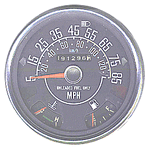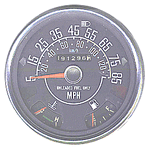Need a 2 1/16 dash clock
cheftague
Jeeper
- Posts
- 54
- Thanks
- 0
- Location
- west palm beach
- Vehicle(s)
- 79 cj7 jeep renegade amc360. T150 trans Dana 20 and Dana 30
Yea the only repo clock I found that'll fit is like $140 I can't justify spending that for a clock. I was hoping to find someone with an old one they no longer need. I might just go with a vaccuum gauge




The Crown replacement is listed as 2-5/8” http://www.4wd.com/Jeep-Interior-Parts-Accessories/Replacement-Clock.aspx?t_c=9&t_s=54&t_pt=4604&t_pn=OAI17215.01




I have two brand new never worked gauges from Crown,Tach@Clock!
I think there has been some writeups at the other Forums on this,My advice is to stay away from These.
We use essential cookies to make this site work, and optional cookies to enhance your experience.
-->> CLICK HERE <<-- to see further information and configure your preferences.
